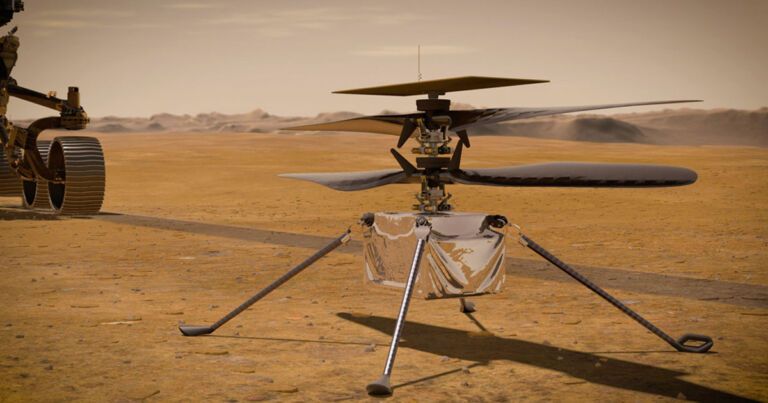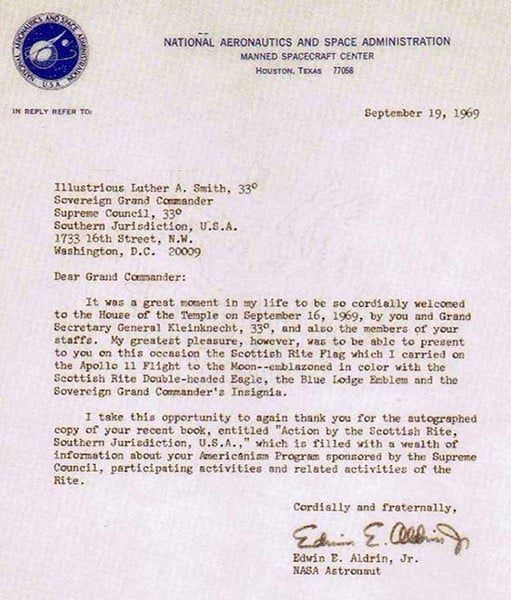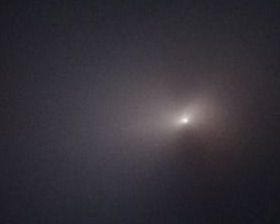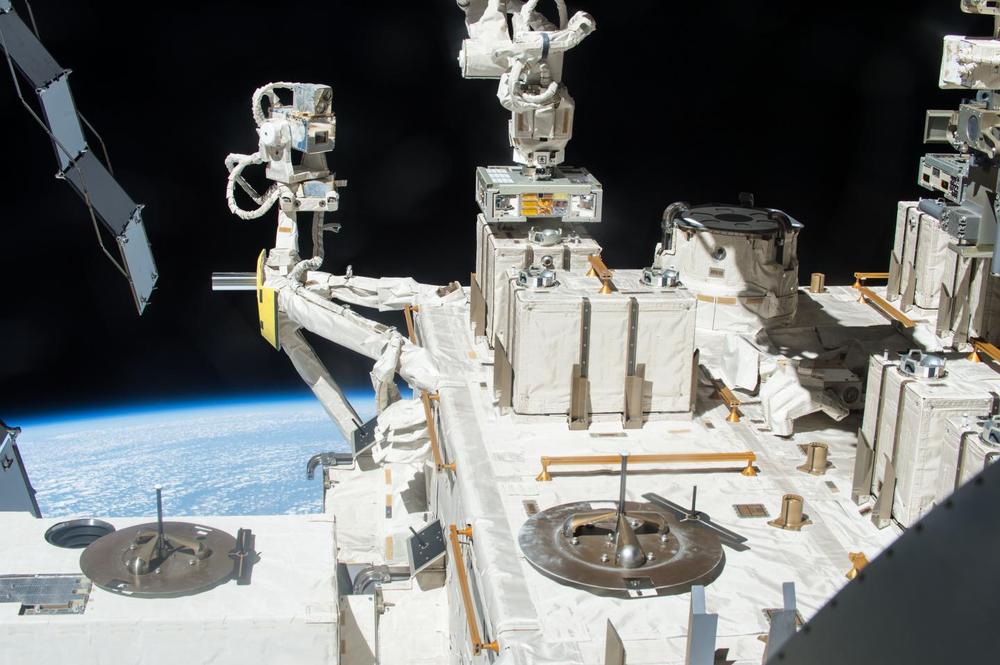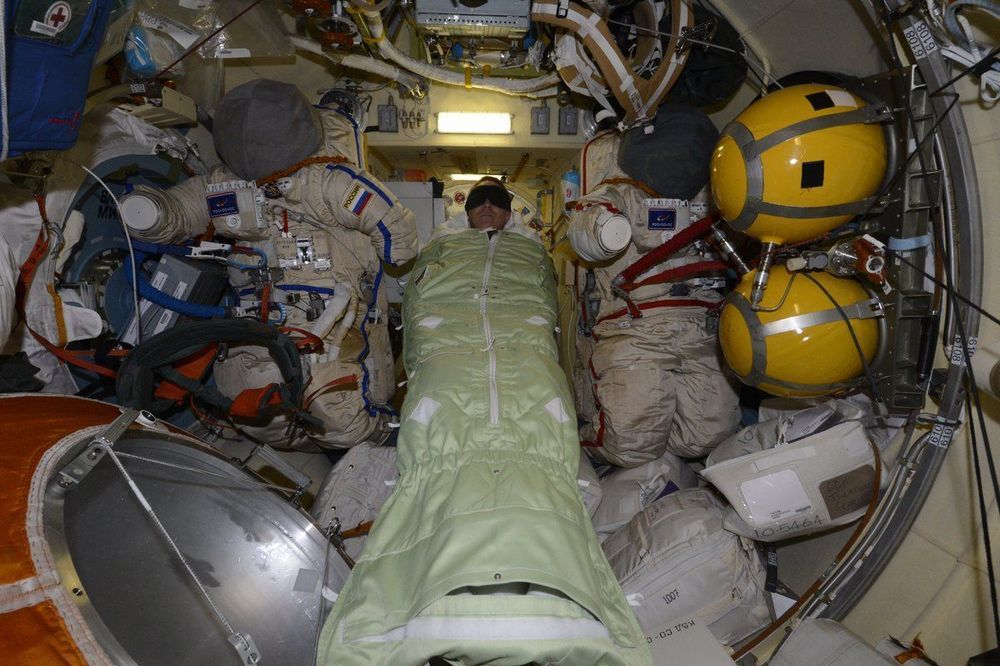“This was a big milestone, as it was our first opportunity to turn on Ingenuity and give its electronics a ‘test drive’ since we launched on July 30,” said Tim Canham, the operations lead for Mars Helicopter at NASA’s Jet Propulsion Laboratory, in the statement. “Since everything went by the book, we’ll perform the same activity about every two weeks to maintain an acceptable state of charge.”
It’s one more step on the road to what NASA hopes will be humankind’s first flight on an alien world.
“This charge activity shows we have survived launch and that so far we can handle the harsh environment of interplanetary space,” MiMi Aung, the Ingenuity Mars Helicopter project manager, added. “We have a lot more firsts to go before we can attempt the first experimental flight test on another planet, but right now we are all feeling very good about the future.”
